How to treat essential tremor in Puhua Hospital
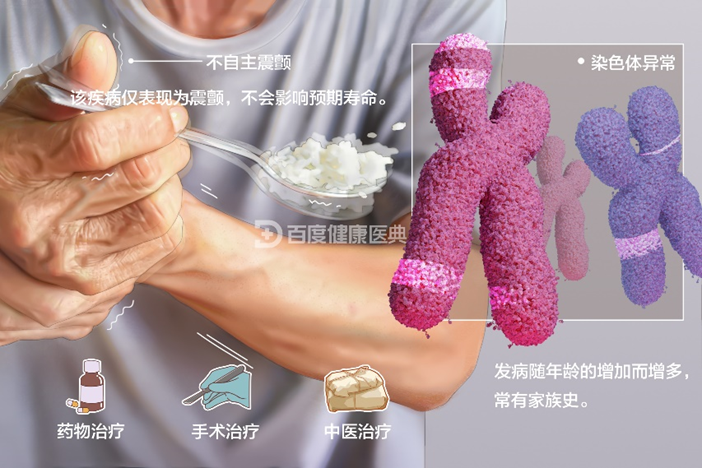
What is essential tremor?
Essential tremor, also known as essential tremor and familial tremor, which is an autosomal dominant genetic disease, mainly manifested as involuntary tremor in the upper and lower limbs, head and face, and sometimes also with vocal tremor.
The traditional view is that essential tremor is a benign dyskinesia disease that only presents as tremor and does not affect life expectancy. But now there is growing evidence that essential tremor, or senile tremor, is associated with aging, with a four-fold increase in the probability of progression to Parkinson's disease in people aged 65 years or older with essential tremor
What are the causes of essential tremor?
Essential tremor is mainly caused by abnormal signaling in specific areas of the brain, including the cerebellum, thalamus and brainstem. The specific cause of the disease is not yet exact, about 30% to 50% of patients have a family history, and autosomal dominant inheritance. But some patients with no family history may also get the disease.
What are the predisposing factors of essential tremor?
Some studies have found that people with familial essential tremor have higher levels of harmine, harmine is a neurotoxic substance that causes tremors, the content of this substance is higher in meat cooked at high temperatures for a long time
Heavy metals such as dietary lead and smoking may also be associated with the onset of essential tremor
How does PUHUA Hospital treat essential tremor?
The magnetic resonance guided focused Ultrasound treatment system at Puhua Hospital can emit up to 1,000 ultrasound beams to accurately focus and ablate deep brain tissue without the need for craniectomy or drilling. Through magnetic resonance imaging guidance, patients can develop personalized treatment plans, real-time temperature monitoring, and immediate postoperative confirmation of efficacy.
First, low-energy ultrasound is applied to locate the focus to the initial therapeutic target, followed by a physiological assessment of the patient's response, including tremor relief and possible adverse effects. After the target is identified, the ultrasonic energy is gradually increased to produce a highly accurate and controllable ablation. The patient's tremor improved immediately after surgery.
nnovation frontier
Magnetic resonance guided focused ultrasound therapy systems can help healthcare organizations be at the forefront of technological innovation and can provide patients with a new treatment option.
Both the National Drug Administration (NMPA) and the US Food and Drug Administration (FDA) approved magnetic resonance guided focused ultrasound system for the treatment of essential tremor and tremor dominant Parkinson's disease.
1. No craniotomy or drilling is required, and there is little or no risk of infection or bleeding.
2. No need for hardware implants or multiple follow-up visits.
3. Patients recover quickly and resume daily activities.
Noninvasive treatment
1. No invasive drilling or implants
2. Anaesthesia free
3. No risk of infection
4. Short hospital stay or does not require hospitalization
Personalized treatment
1. Develop personalized treatment plan before operation
2. Prior to the formation of the final ablation foci, the patient's response and potential
3. Adverse reactions were evaluated neurologically
4. Sub-millimeter target movement
Tremor improvement
1. Immediate improvement of tremor after operation
2. Curative effect affirmation
3. Improve the quality of life
Safety and efficacy
1. Real-time thermal feedback for continuous monitoring of target temperature and patient safety.
2. The vast majority of adverse events in pivotal clinical studies were mild or minor
3. Moderate and temporary
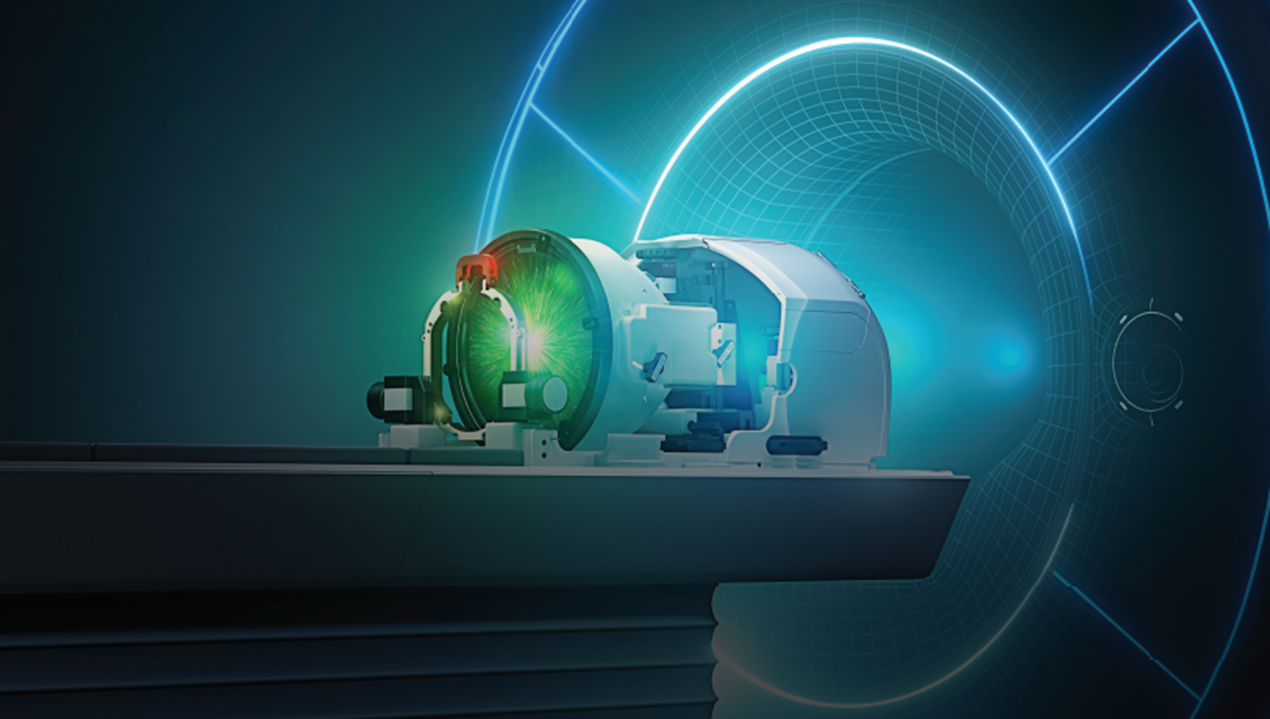
Non-invasive precision surgery:
Helmet type phased array transducer, with 1024 array elements.
Advanced focusing algorithm, adjusted according to the patient's skull characteristics: ensure ultrasound focus. Precise control of ablation point size (2-5mm) and position (accuracy<1mm).
The water flow continues to effectively cool the patient's skull.
Advanced software interface for monitoring and controlling treatment.
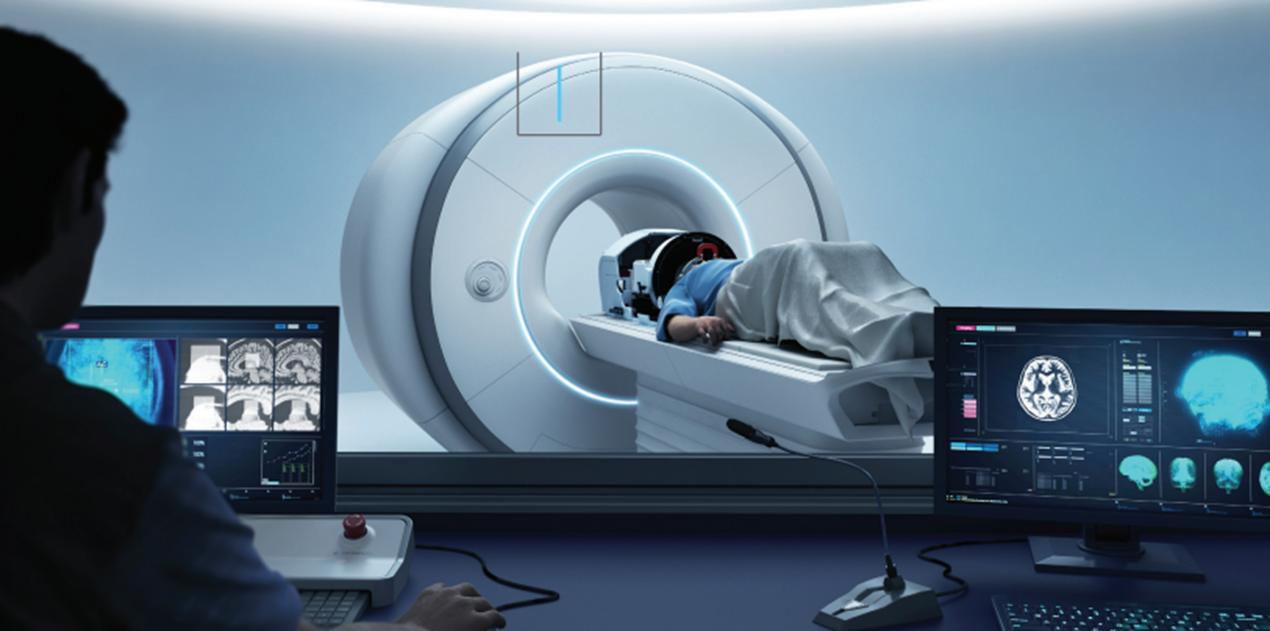
Treatment stage: Planning. Treatment. Evaluation.
The surgical treatment time of magnetic resonance guided focused ultrasound is about 2-3 hours.
1. Before treatment, a CT scan is performed to determine the shape, thickness and density of the patient's skull in detail in order to finalize the patient's information and guide treatment. On the day of treatment, 'preoperative head skin (hair shaved)' and local anesthesia was performed to fix the stereotactic frame. The patient lies on his back on the treatment bed and puts his head into the Exablate Neuro helmet. Cooling water circulates around the patient's scalp.
2. Treatment plan
Preoperative and intraoperative MRI images are used to develop a treatment plan and identify therapeutic targets.
3. Target verification
'Pre-treatment' uses low-energy ultrasound to locate the focus to the therapeutic target. Increase energy gradually 'to assess immediate patient feedback and possible adverse reactions.
4. Treatment
The target is ablated by high energy ultrasound: the ultrasound is precisely converged on the target of the ventral mesothalamic nucleus (Vim) and the temperature of the target is raised to about 60°C to achieve thermal ablation of the target tissue. Magnetic resonance imaging (MRI) continuous guided therapy 'real-time monitoring of temperature changes in the target.
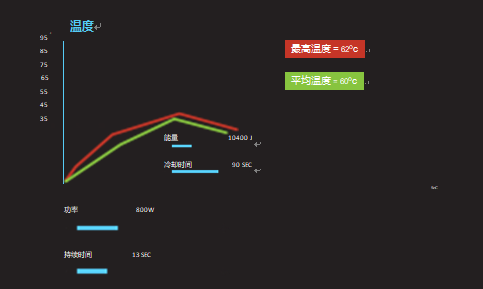
5.Evaluation
Improvement in tremor can be assessed by drawing spirals or other tests. After the last ultrasound treatment, 'scan the MRI image to confirm the ablation area.
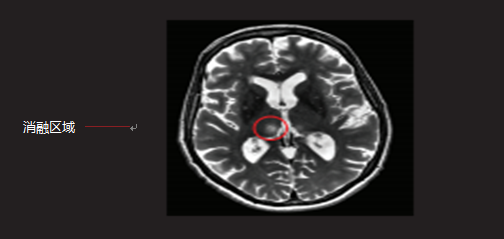
What happens before, during, and after the treatment?
Preparation
The Focused Ultrasound treatment requires that a patient have a cleanly shaven head. This is in order to ensure no interference of the sound waves. A local numbing medication will be applied and a standard frame will be secured to your
head so that your head does not move during treatment.
Your heart rate, blood pressure and blood oxygen levels will be monitored throughout the treatment.
You will be awake, communicating with the treatment team throughout the treatment. You may be given additional medication to keep you comfortable.
Cool water will circulate in the helmet around the top of your head and you will be kept warm in case you get chilled. You will also be given a “stop sonication” button to indicate to the physician that you want to stop the treatment for any reason.
A series of MRI images will be taken for planning the treatment according to your specific anatomy.
The treating physician will first apply light doses of ultrasound energy. This helps to identify the precise spot in the brain for treatment by assessing temporary tremor improvement and any potential side effects
After each application of energy, called a sonication, you will be asked to perform specific tasks to evaluate your tremor improvement. Tasks may include touching your nose with your fingerand/or drawing spirals.
Planning
The treating physician will then gradually increase the energy to create a small lesion, usually resulting in a therapeutic effect, improvement of hand tremor. Although individual results may vary, you should notice improvement during the treatment
itself. The treatment lasts on average 2.5 hours.
After Treatment
After treatment, the frame will be removed and you will go to the recovery room. The physician will let you know when you can go home and when you may need to return for a follow-up visit. Within days you should be able to return to normal activities. The
treatment team will provide you with instructions related to your post-treatment recovery.
CLINICAL STUDY RESULTS FOR PATIENTS
Effiency Rusults
During an Insightec-sponsored clinical trial, 56 subjects received focused ultrasound treatment and
19 received a sham procedure and then crossed over to the focused ultrasound treatment arm. Of these
75 subjects, a total of 54 are included in the 3-year analysis.
Hand Tremor: The tremor severity score (CRST Part A) improved 76.5% over baseline at 3-year follow-
up for combined (focused ultrasound and crossover) subjects.
Functional disability and quality of life: Improvement in tremor/motor function (CRST Part A & B) was 53% at
three years. Functional disability (CRST Part C) showed a 56.9% improvement from baseline at three years.
Safety Results
Overall, the focused ultrasound treatment has been shown to be safe for treating essential tremor with minimal risk, but as with any medical procedure, there are risks. You should have a detailed conversation with your physician regarding complications, also known as adverse events, that you may experience. Insightec-sponsored clinical studies have shown that the most common adverse events after treatment are:
■ Imbalance/Gait Disturbance (26% of subjects)
■ Numbness/Tingling (33% of subjects)
■ Headache/Head Pain (51% of subjects).
Most of these events were classified as mild ormoderate, and 48% of all complications resolved on their own within 30 days.
Additional infrequent events include dizziness, taste disturbance, slurred speech, fatigue and vomiting.
Adverse events that persisted at 3 years were all mild or moderate and included:
■ Numbness/Tingling (9% of subjects)
■ Imbalance (4% of subjects)
■ Unsteadiness (4% of subjects)
■ Gait Disturbance (2% of subjects)
■ Musculoskeletal Weakness (2% of subjects)
For additional safety information, please refer to: Pre-Market Approval (PMA) P150038. Again, you should discuss in detail the risks, benefits and treatment options with your physician prior to treatment. If a blood clot or deep vein thrombosis (DVT) occurs after the procedure and is not treated urgently it could lead to long term muscle, heart, brain, or lung damage. There is a possibility that your tremor may return months or years after treatment. This procedure does not treat the underlying disease nor prevent its progression.
For more information on the focused ultrasound treatment, including warnings, precautions, potential side effects and contraindications,please see the Safety Information page: https://insightec.com/safety-information/








